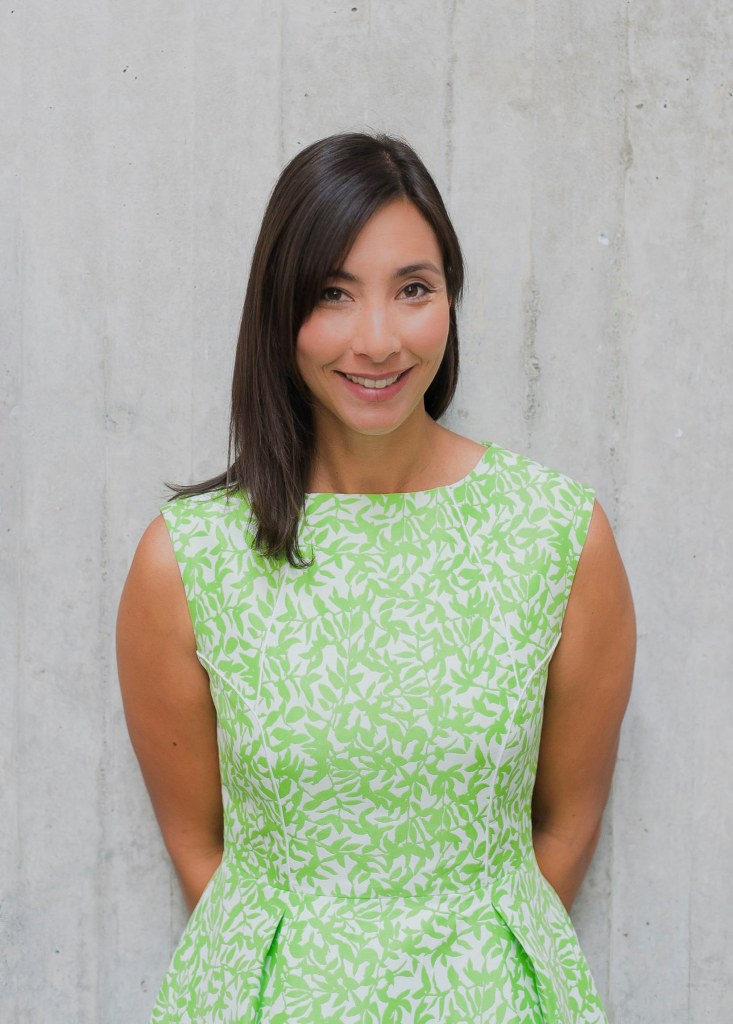by Peter Griffin, SMC Manager
University of Auckland nanotechnologist Dr Michelle Dickinson is the latest winner of the Prime Minister’s Science Media Communications Prize, a prestigious award that comes with $100,000 in prize money, making it one of the most lucrative science communication accolades in Australasia – if not the world.

It is fantastic that the Prime Minister, year after year, makes this commitment to awarding science communication efforts and I can’t think of a scientist who this year deserved the award more.
In the couple of years since I first met Michelle on our two-day Science Media SAVVY course in Auckland, she has flourished with the potential to become the type of science communication superstar we have rarely seen in this country.
Michelle is as comfortable talking to a handful of school kids as she is appearing on The Paul Henry Show. She can command the attention of a TEDx audience as effortlessly as she does a lecture theatre full of students.
Her success is down to her passion for science, her versatility, her commitment to the craft of science communication and her inventiveness in finding effective ways to get science across to different audiences.
Let’s drill down into those things to explore a bit more what makes Michelle such a good science communicator:
Passion
It is clear from watching Michelle’s TV interviews and speaking appearances that she loves science – not just her own field of nanotechnology, but the whole of science – how it is done, the tools of discovery, the journey scientists go on in their pursuit of new knowledge. That passion embodies all of her communication and endears her to whatever audience she happens to be addressing. That passion is evident without Michelle merely becoming a cheerleader for science. She’s not interested in science for the sake of science but in its relevance to society, to the world around us and is constantly looking to make those links.
Versatility
Some scientists are really good at presenting to large audiences but perform poorly in media interviews. Some can pen an excellent blog post but will hide behind the posters at a faculty opening day. It takes a really versatile communicator to be good in all settings, to learn how to adapt their approach for the audience, and to be willing to try new formats, new ways of experimenting with new ways of presenting science. This requires scientists to think carefully about what suits the needs of the audience and adapt the content and presentation style to suit. That’s easier said than done but the true pros are the ones that can float across numerous formats and styles, seemingly effortlessly.
Commitment to the craft
To do that requires a commitment to the craft of communication.
Michelle clearly thinks deeply about how she presents herself, the language she uses, the words she emphasises, the analogies she selects. Recently I watched her deliver a speech as she accepted yet another prize – the Association of Scientists’ Science Communicator’s Award. Michelle’s opening line instantly grabbed us: “I hate science!” Michelle proceeded to tell us the story of a young girl she met who made exactly that statement to her. Then Michelle used the anecdote to explore the challenges in trying to get kids engaged with science.
The commitment to the craft covers everything from thinking carefully about developing the content and format to the style of presentation and recognises the 90 – 10 rule – that communication to a mainstream audience is 90 per cent presentation, 10 per cent content.
Inventiveness
With so much competition for our attention, you have to come up with a unique angle or ‘hook’ to draw people in and Michelle is a master at this. Recently Michelle ran a series of 100 simple experiments over 100 days involving children in all of them. The project heavily incorporated social media and gathered a following of people eager to check in each day to see what new experiment Michelle had come up with.
There’s something else being a good science communicator involves – developing a thick skin. A lot of the scientists we work with who step up to front to the media or engage with the public on controversial subjects, get a lot of criticism, including form their own colleagues. Sometimes it is easier to say nothing, to stay below the radar.
The lesson in Michelle’s win, however, is that society needs scientists to communicate and increasingly, this skill is being recognised as being integral to a scientist’s career.
Well done Michelle and we look forward to seeing where you take your science communication endeavours next.
TEDx Talk: Nanogirl – my quest to become a superhero